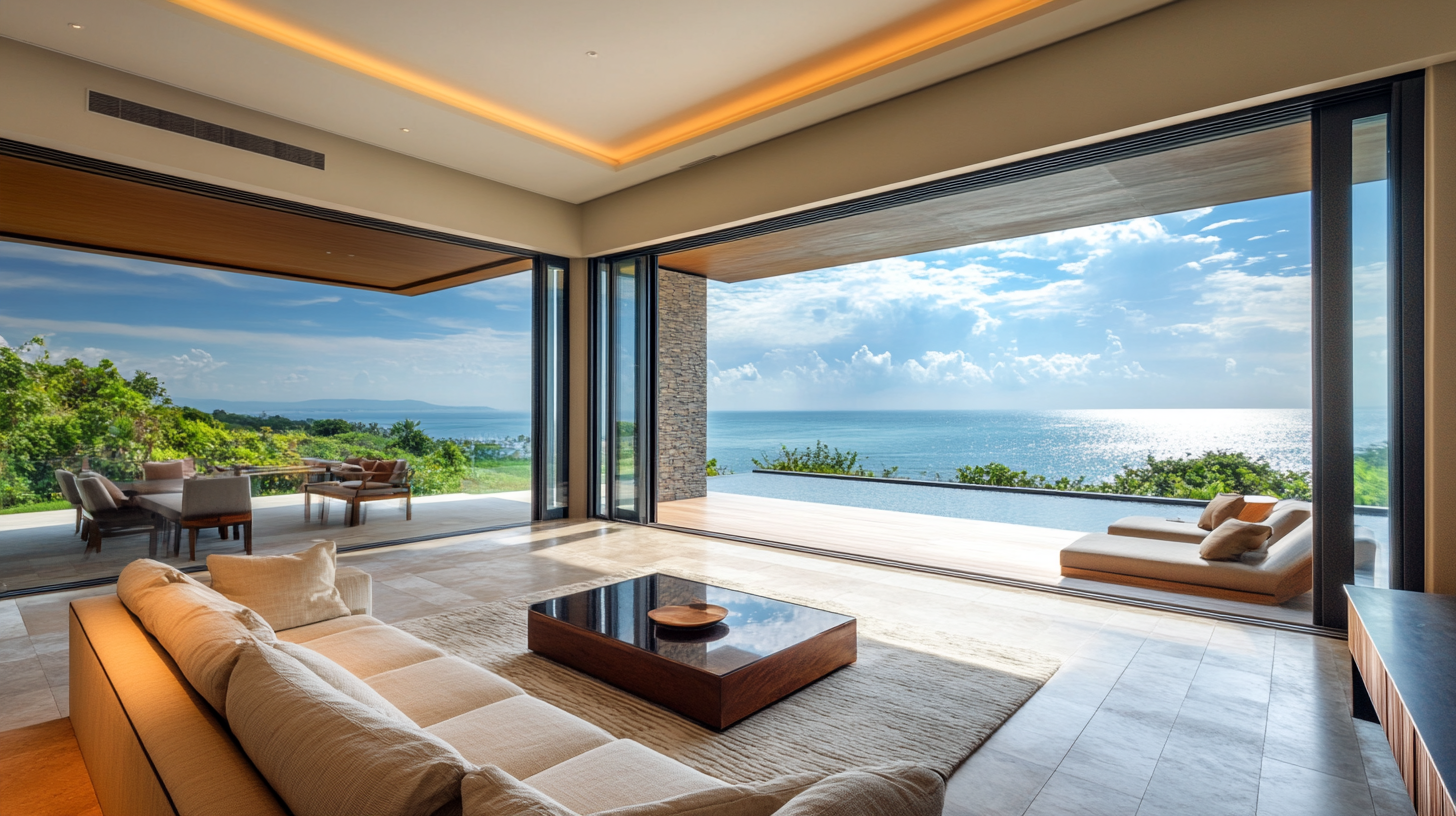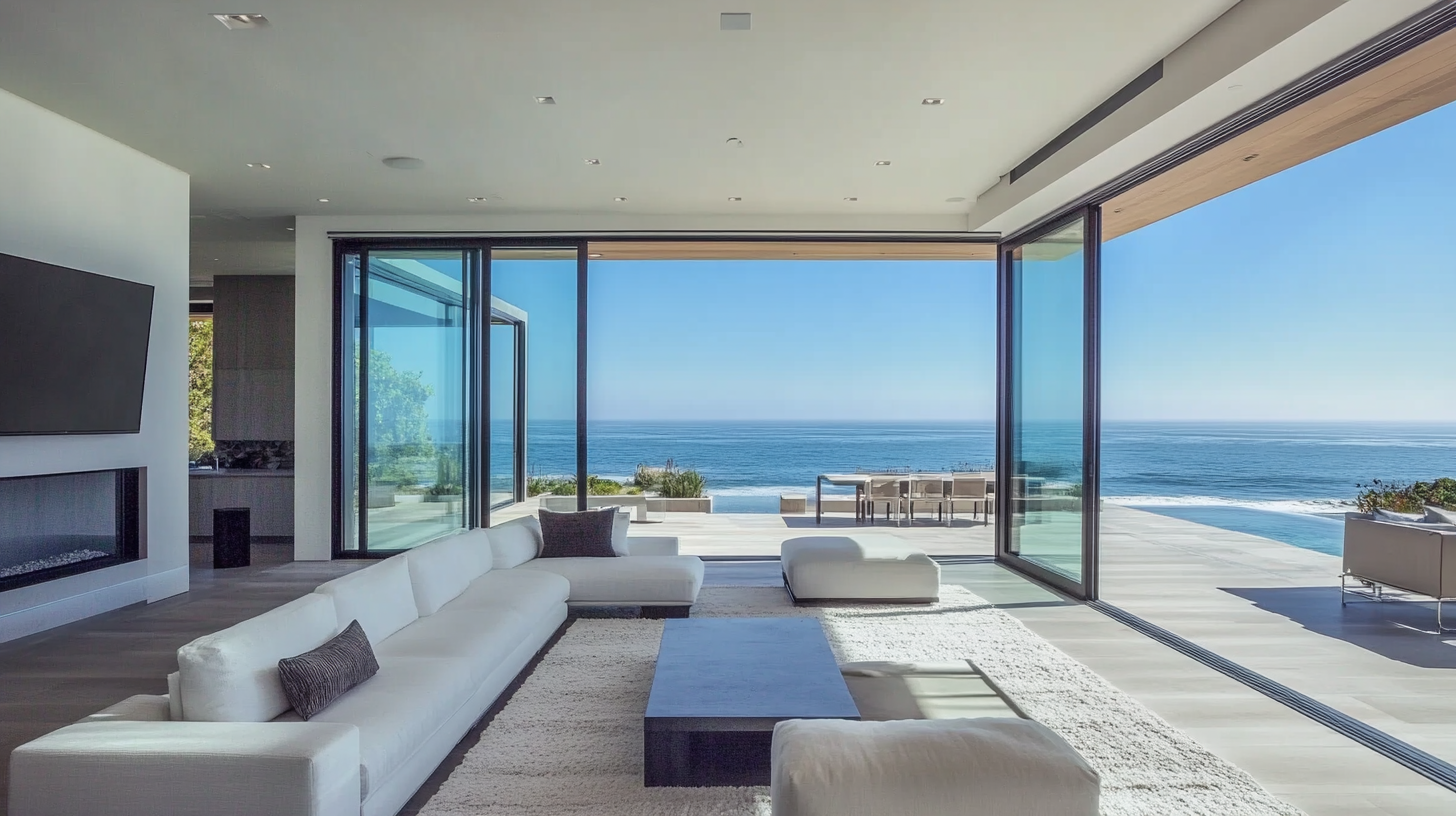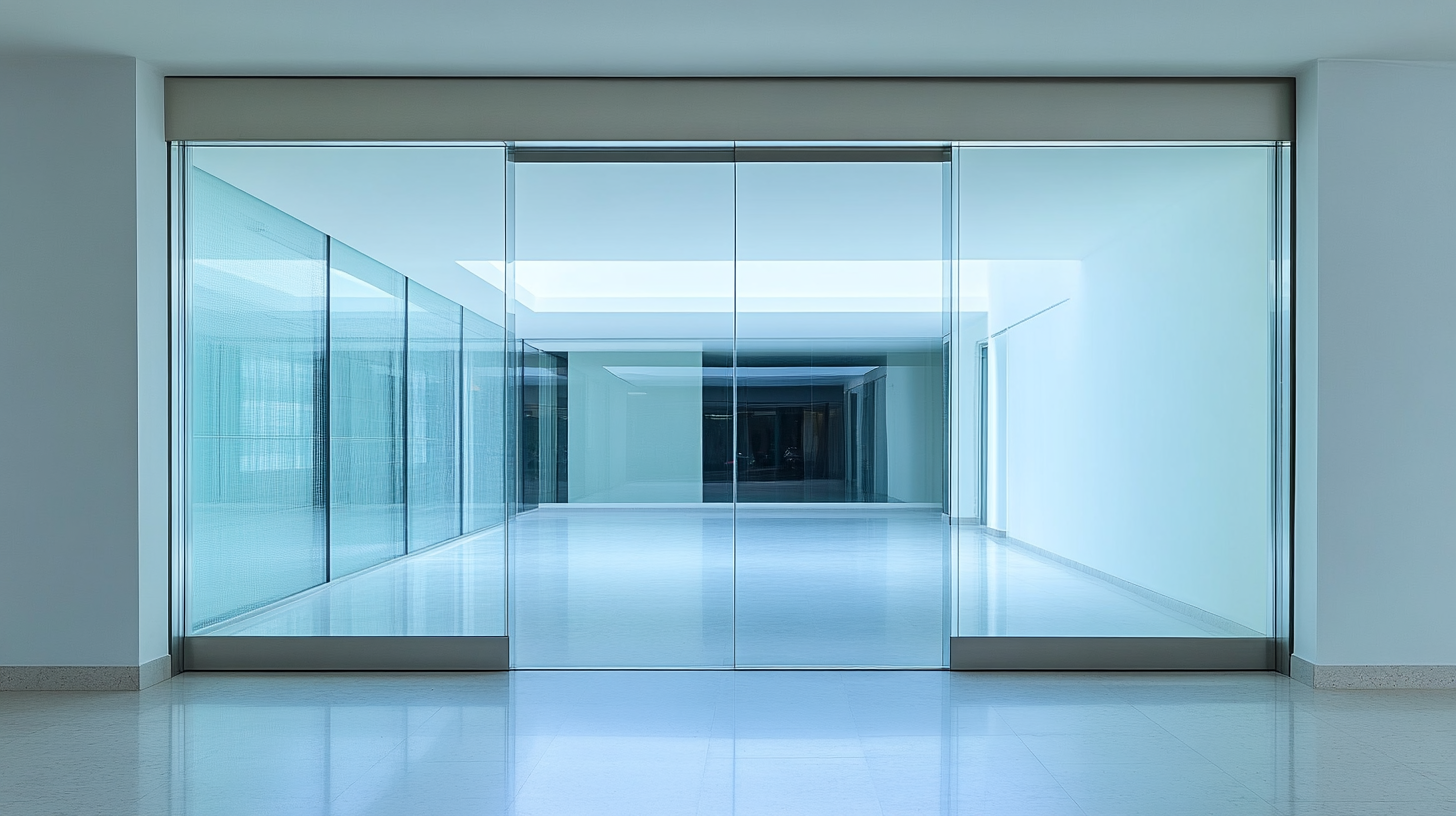Comprehensive Guide to Sliding Glass Door Specifications and Best Practices for Installation
Sliding glass doors have become an increasingly popular choice for homeowners seeking to enhance their living spaces with natural light and seamless transitions between indoor and outdoor environments. According to the National Association of Home Builders, 75% of new homes built today feature sliding glass doors, highlighting their importance in modern architecture. As energy efficiency and aesthetic appeal become more significant criteria for homebuyers, understanding the specifications and installation practices for these doors is critical.
In order to ensure optimal performance and longevity, proper sliding glass door installation is paramount. According to a report from the American Architectural Manufacturers Association, nearly 25% of sliding door failures can be attributed to improper installation. This statistic underscores the necessity for homeowners, builders, and contractors to be well-versed in both the technical specifications and best practices associated with sliding glass doors. This comprehensive guide aims to provide essential insights that will equip you with the knowledge needed to make informed decisions, ensuring that your sliding door installation not only meets aesthetic standards but also adheres to safety and energy efficiency guidelines.

Key Factors to Consider in Sliding Glass Door Specifications
When considering the specifications of sliding glass doors, several key factors play a crucial role in ensuring both functionality and aesthetic appeal. The American Architectural Manufacturers Association (AAMA) highlights that energy efficiency is paramount, with door systems accounting for up to 30% of a home’s total energy loss. Selecting doors with low-e glass and proper insulating frames can significantly reduce heating and cooling costs, providing long-term savings while enhancing comfort. Another critical consideration is the door's structural integrity and security features. According to the National Glass Association, over 70% of residential break-ins occur through doorways. Therefore, choosing sliding glass doors equipped with robust locking mechanisms and impact-resistant glass not only elevates security but also contributes to peace of mind. The use of laminated glass can additionally offer protection against forced entries and extreme weather conditions, making these doors reliable for various climates. Moreover, the installation process is vital for the performance of sliding glass doors. The American Institute of Architects (AIA) recommends hiring certified professionals for installation, as improper fitting can lead to air leaks and water intrusion, negatively affecting the door’s efficiency and lifespan. Furthermore, ensuring that the track systems are adequately aligned and supported can prevent operational issues in the long run, thereby preserving the door's functionality and ease of use. By prioritizing these specifications and best practices, homeowners can significantly enhance the performance and durability of their sliding glass doors.

Understanding Different Types of Sliding Glass Doors and Their Features
Sliding glass doors are an elegant and functional solution for enhancing any living space, providing not only an avenue for natural light but also a seamless connection between indoor and outdoor areas. Understanding the different types available is crucial for making an informed choice. Generally, you will find sliding glass doors classified into various categories, each serving different aesthetic preferences and functional requirements.
One popular type is the traditional sliding door, which features one fixed panel and another that slides horizontally. This design is often favored for its simplicity and space-saving properties, making it ideal for smaller rooms or patios. Alternatively, the bi-fold sliding door, which consists of multiple panels that fold to the side when opened, creates a wide opening that is perfect for entertaining and providing unobstructed views of your garden or backyard. The panoramic effect of bi-fold doors can transform a room, turning your home into a bright and airy oasis.
Another important consideration is energy efficiency. Some sliding glass doors come equipped with double or triple glazing, reducing heat loss and increasing insulation, which can contribute to lower energy bills. Additionally, opting for low-emissivity (Low-E) glass can shield interiors from harmful UV rays, further enhancing comfort while protecting furniture and decor from fading. Each type of sliding door can greatly influence both the aesthetic appeal and practicality of your home, making it essential to thoughtfully select the right option for your needs.

Essential Tools and Materials for a Successful Installation
When it comes to the successful installation of sliding glass doors, having the right tools and materials is crucial. First and foremost, a quality measuring tape ensures precise dimensions, while a level guarantees that your door is perfectly aligned, preventing any unwanted gaps or drafts. Additionally, a hammer and a set of screwdrivers—both flathead and Phillips—will assist in securing the brackets and tracks that guide the door. A utility knife can also come in handy for trimming materials to size, ensuring a snug fit in your doorway.
Aside from tools, selecting the appropriate materials is essential for a long-lasting installation. High-quality weather stripping not only improves energy efficiency but also enhances the longevity of your sliding glass doors. Consider also investing in a track lubricant specifically designed for sliding doors; this will facilitate smooth operation over time. Lastly, the choice of door itself plays a significant role — opt for tempered glass for enhanced safety and durability.
Preparing adequately by gathering these essential tools and materials will set you up for a seamless installation process, allowing you to enjoy the beauty and functionality of your sliding glass doors for years to come.

Step-by-Step Installation Process for Sliding Glass Doors
When installing sliding glass doors, following a structured process can ensure a smooth and efficient installation. The first step involves accurately measuring the installation space. You'll want to check both the width and height of the door opening, making sure to account for any irregularities in the frame. It's essential to choose a door that fits perfectly within these dimensions to avoid complications later on.
Next, prepare the area by clearing the installation site of any obstructions. This includes removing old doors or debris and ensuring that the floor is even. Once the area is ready, assemble all necessary tools and materials, such as screws, a level, and shims. Having everything at hand before starting the installation helps streamline the process and prevents unnecessary interruptions.
With the preparation complete, it’s time to install the sliding glass door frame. Begin by positioning the frame in the opening, ensuring it's level, and using shims to make necessary adjustments. Secure the frame in place with screws, making sure to follow the manufacturer’s guidelines. After the frame is installed, carefully insert the sliding panels, testing their movement to ensure a smooth glide. Once everything is in place, finish with any necessary adjustments and weatherproofing to enhance durability and energy efficiency.
Common Mistakes to Avoid When Installing Sliding Glass Doors
When it comes to installing sliding glass doors, avoiding common mistakes can make a significant difference in both functionality and aesthetics. One frequent error is neglecting accurate measurements. Buyers often assume that standard sizes will fit their openings, but misjudging the dimensions can lead to gaps and drafts or, conversely, an impossibly tight fit. It’s crucial to measure the height and width of the opening multiple times and to ensure the frame is level and plumb before making any purchases.
Another common pitfall involves underestimating the importance of proper drainage and ventilation. Sliding doors are designed to manage water runoff, but improper installation can compromise this feature. Failing to install patio door tracks with an adequate slope can result in water pooling, leading to potential mold growth and rot over time. Ensuring a slight slope towards the exterior is key, as it encourages rainwater to flow away from the home.
Lastly, many installers bypass the significance of choosing the right hardware. While it may be tempting to opt for the cheapest option, high-quality rollers and locking mechanisms are essential for functionality and security. Poorly constructed hardware can lead to sliding difficulties and eventually wear down the door, necessitating costly repairs. Investing in reliable hardware at the outset can save time and money in the long run.



